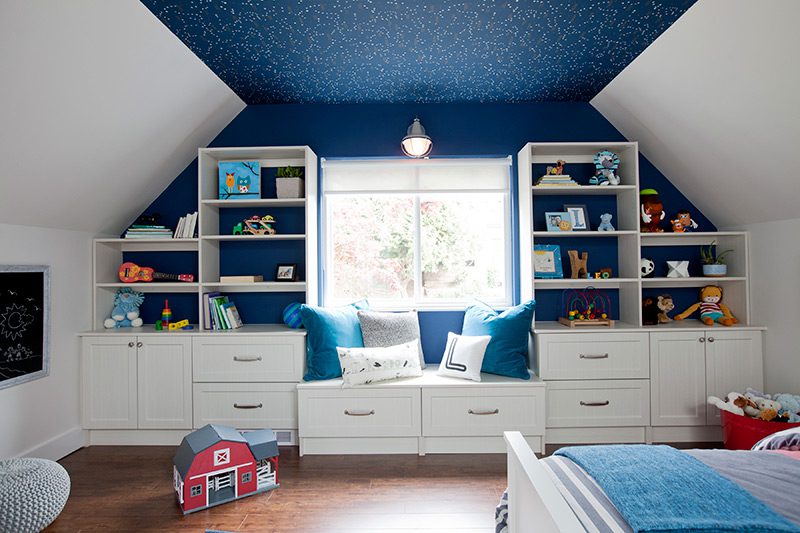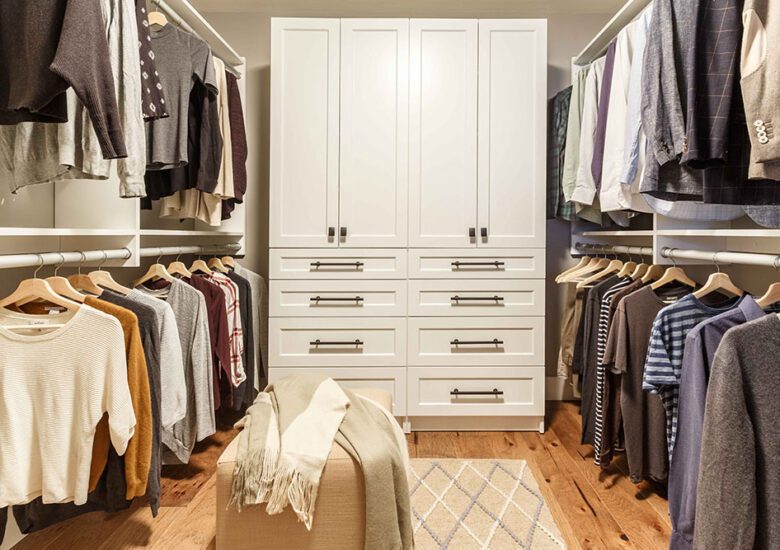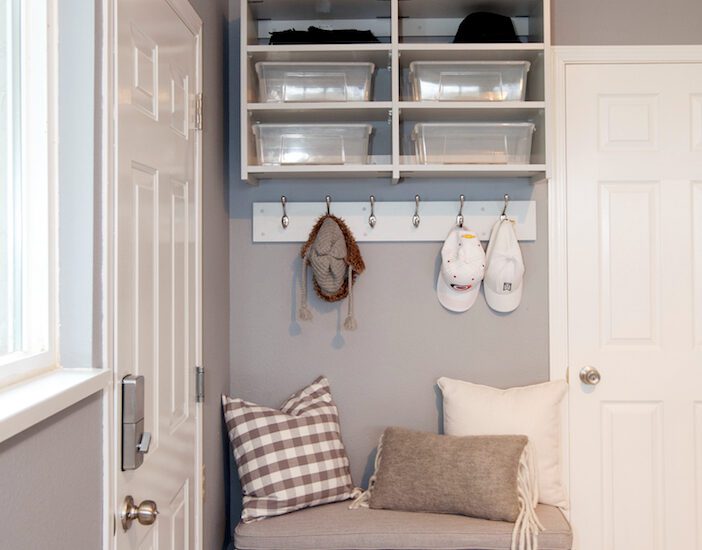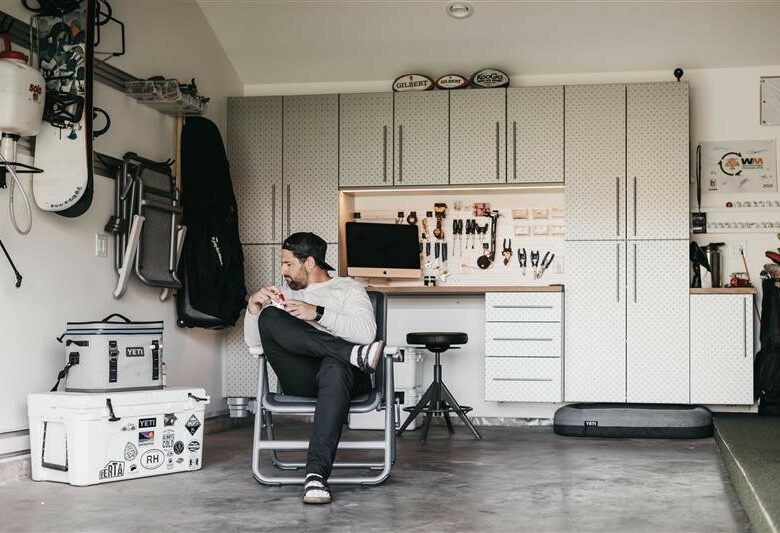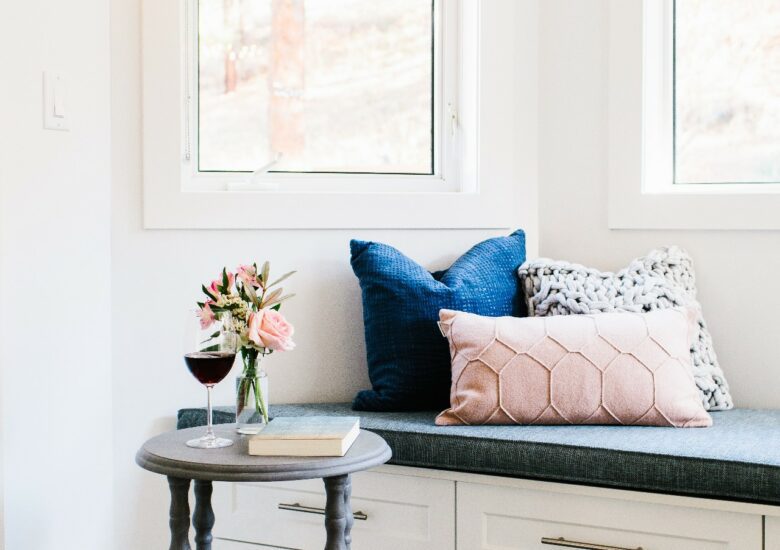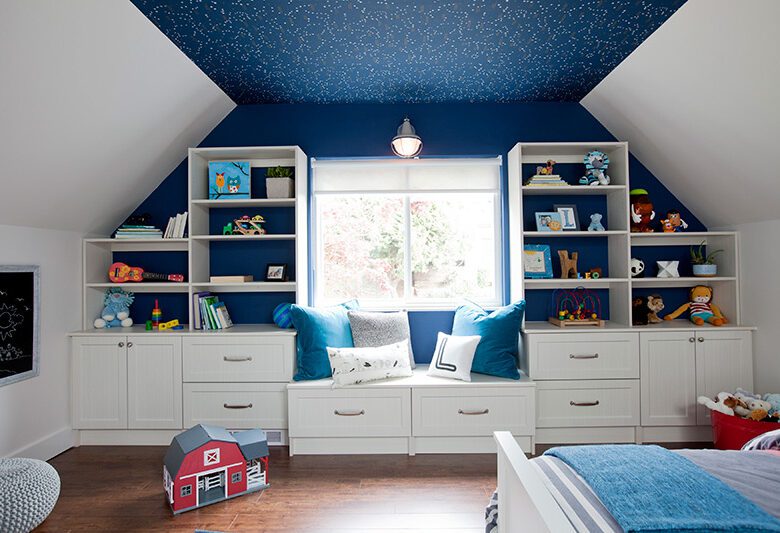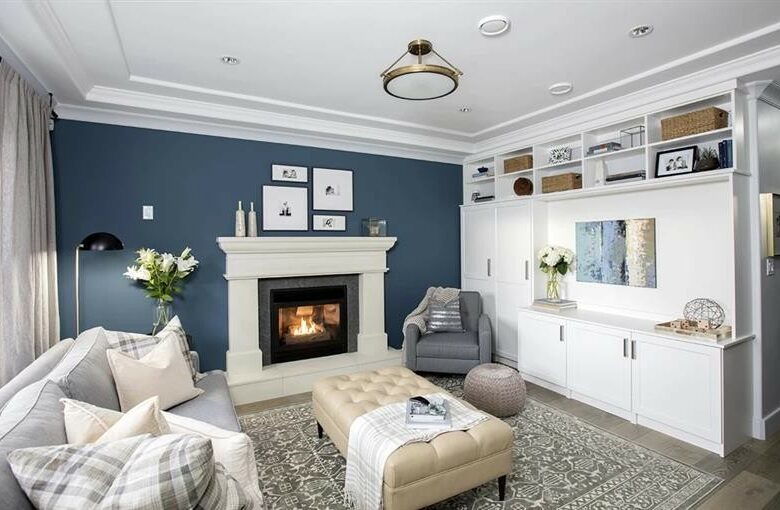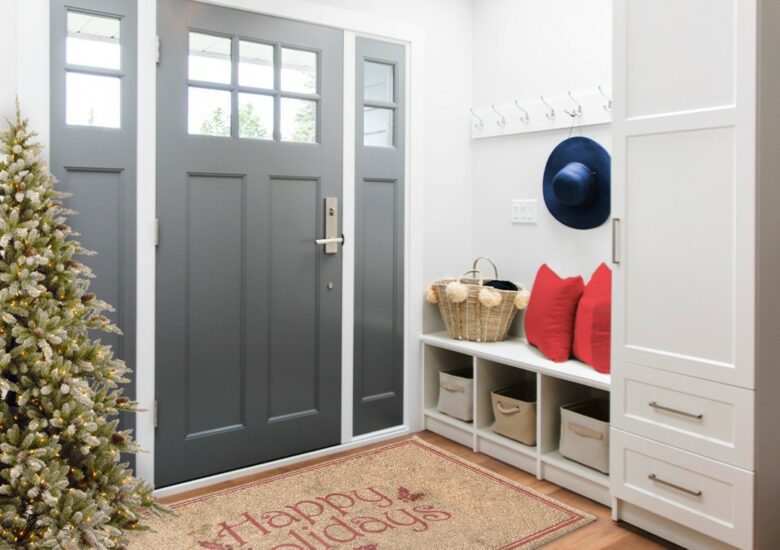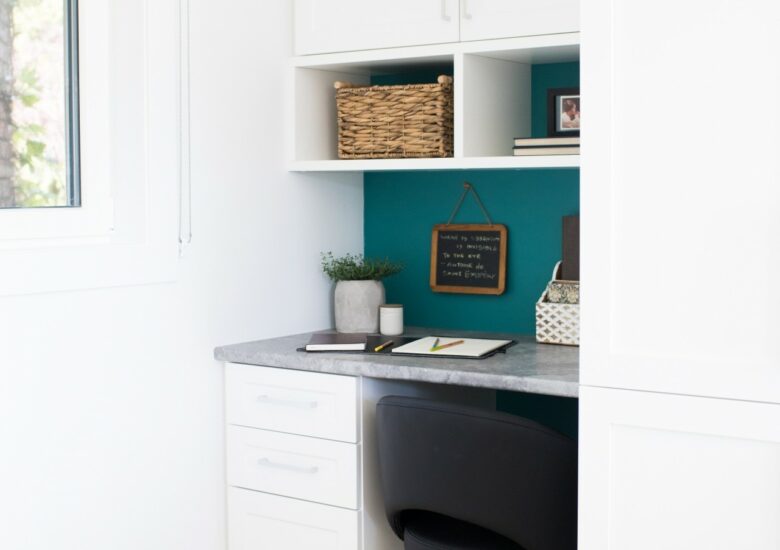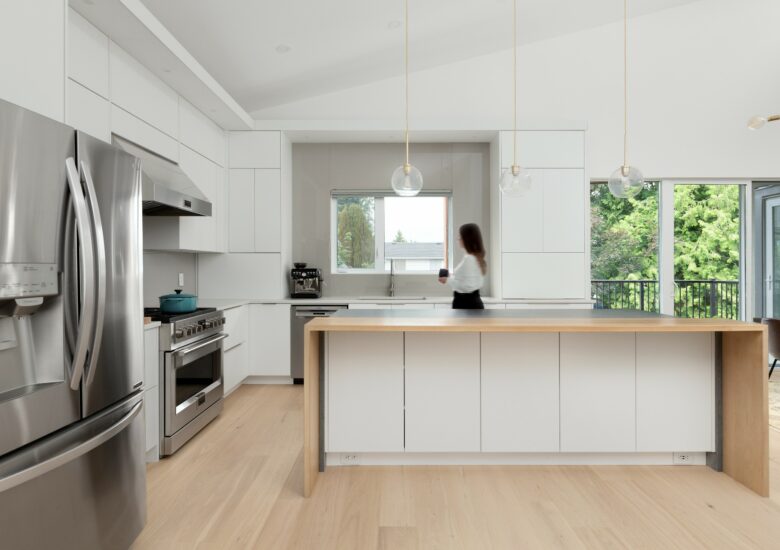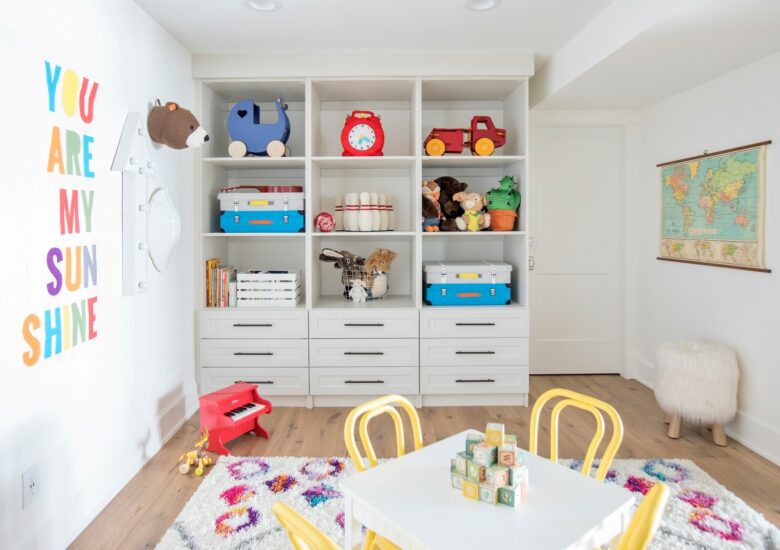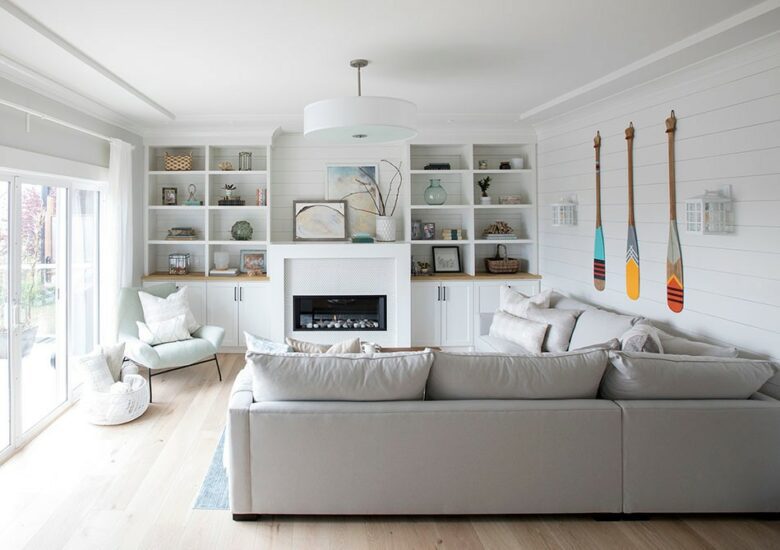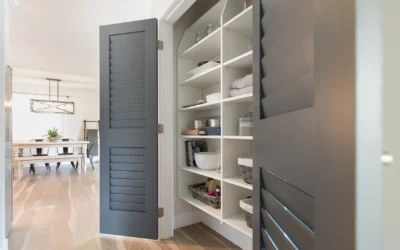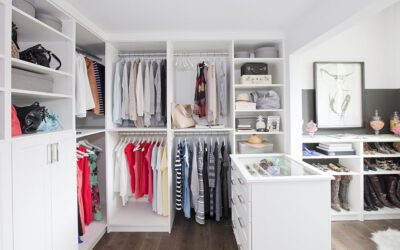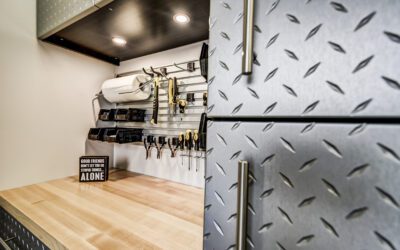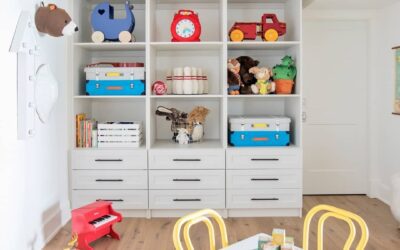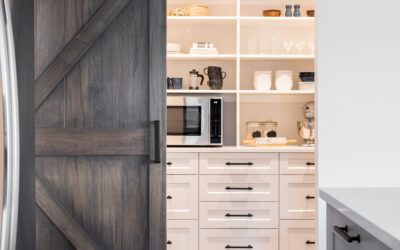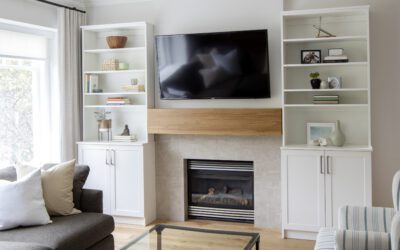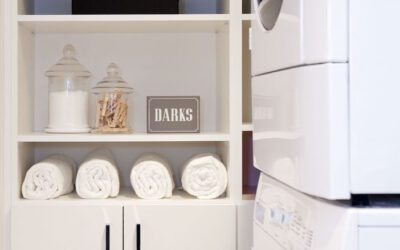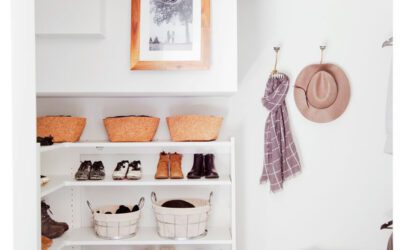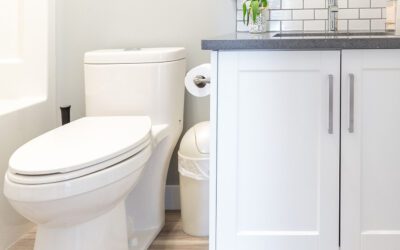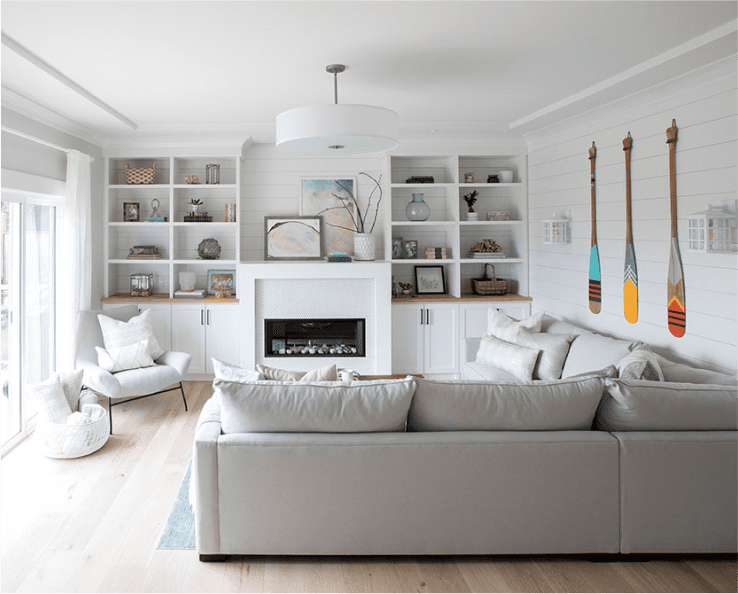If you’re like most parents, you constantly strive to teach your kids the importance of picking up after themselves and putting things back where they belong. But does it end up being more of a chore? Does it seem that some things are easier said than done? Take heart because you’re not alone. By encouraging a few good habits today and applying some practical organizing tips, you’ll be teaching them a fundamental lesson that they’ll be able to carry with them throughout their life.
Checklists, Chores & Planners
Here’s a little secret that a lot of teachers already know: kids love crossing things off a list. It’s a physical representation of a personal achievement. For little ones, getting things done and being recognized for them are the precursors to receiving gold stars and high-fives. As a parent, you can help encourage this behavior at home. There are many checklists and planners available at craft or office supply stores. If you’re feeling creative, you can make one of your own. Just make sure that it has enough room for names and tasks. Then let your little ones celebrate their own accomplishments by having them cross things off as they go. And make sure you recognize their efforts at the same time.
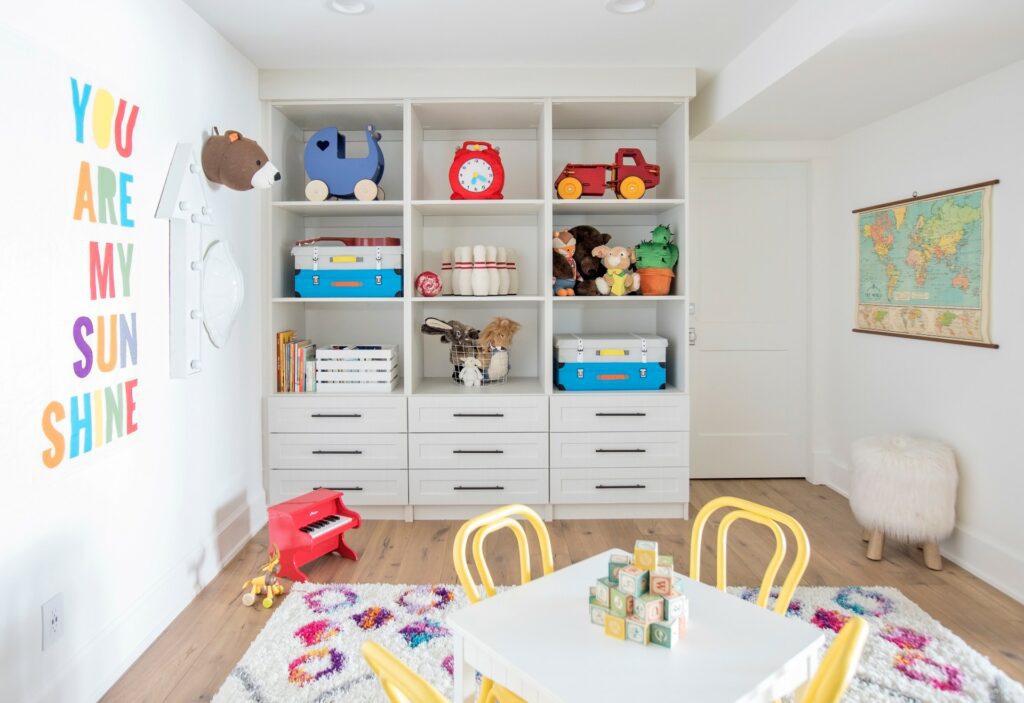
Make It Personal
Nothing says ownership quite like seeing one’s name on something. What better way to encourage organization and clean-up than by putting name tags or stickies onto bins that tell your little ones where to store their favourite things? Not only does this help with clean-up but it also saves time on digging through bins and baskets to find certain items. For those that are still too young to read, try attaching pictures of items to show where things belong – action figures, games, stuffies and so on. Another tip: let your child choose which colours of bins or cubes they want to use as this also encourages a personal investment in addition to them deciding what toys belong in which bin.
One Thing In, One Thing Out
It’s a time-honoured rule for organizers everywhere. If you buy an item for your closet or wardrobe, then something needs to come out to make room for it. This can also be taught to children. It lets them know that storage space isn’t infinite, that we can’t keep adding things indefinitely. It’s also a gentle way to encourage recycling – a practice that most kids wholeheartedly support. Letting them know that other kids will get to play with and enjoy those toys reinforces values like sharing and gratitude.
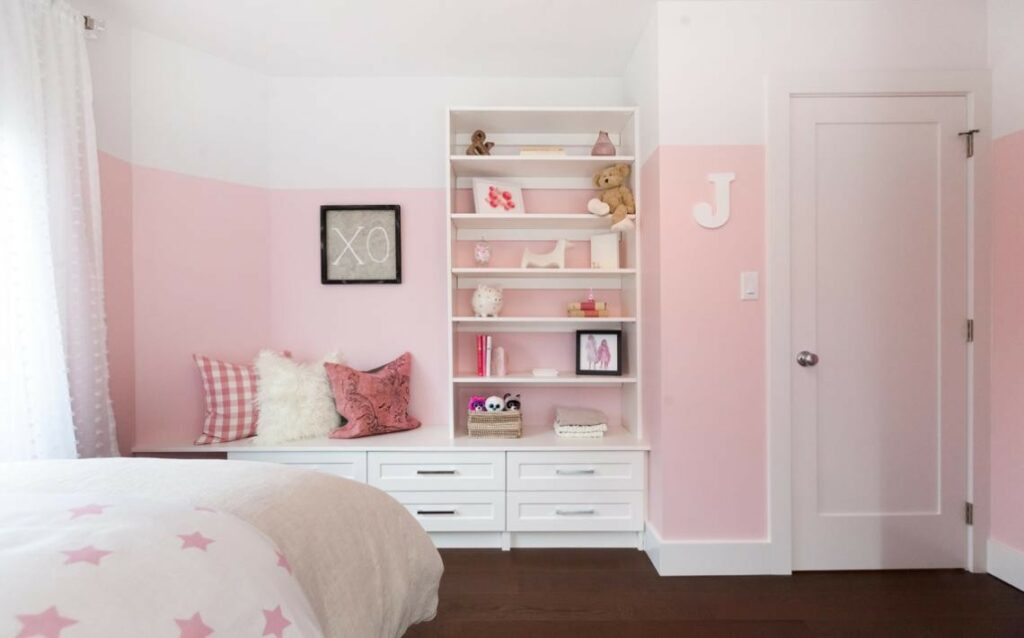
Baskets, Hampers and Cubes Oh My
We can’t say enough good things about the many, multiple uses that baskets, hampers and storage cubes have when it comes to helping your little ones get organized. Baskets are great for putting away books, toys and games when they’re not being used. Have two sharing a room? A divided laundry hamper works great for keeping cherished playthings separate, minimizing those annoying “that’s mine” squabbles.
Storage cubes are ideal for not just toys but clothes and seasonal items too. A sturdy open organizer makes things even easier as the cubes can be arranged according to often-used toys (bottom) versus less-frequently-played-with items (top). For quiet moments alone, consider investing in a small cube ottoman that keeps books and games handy inside. If your young ones appear to be overwhelmed with their toys, try separating then storing a few from time to time, rotating them out as frequently as you feel is needed. This gives them the sense that they’re playing with something “new”.
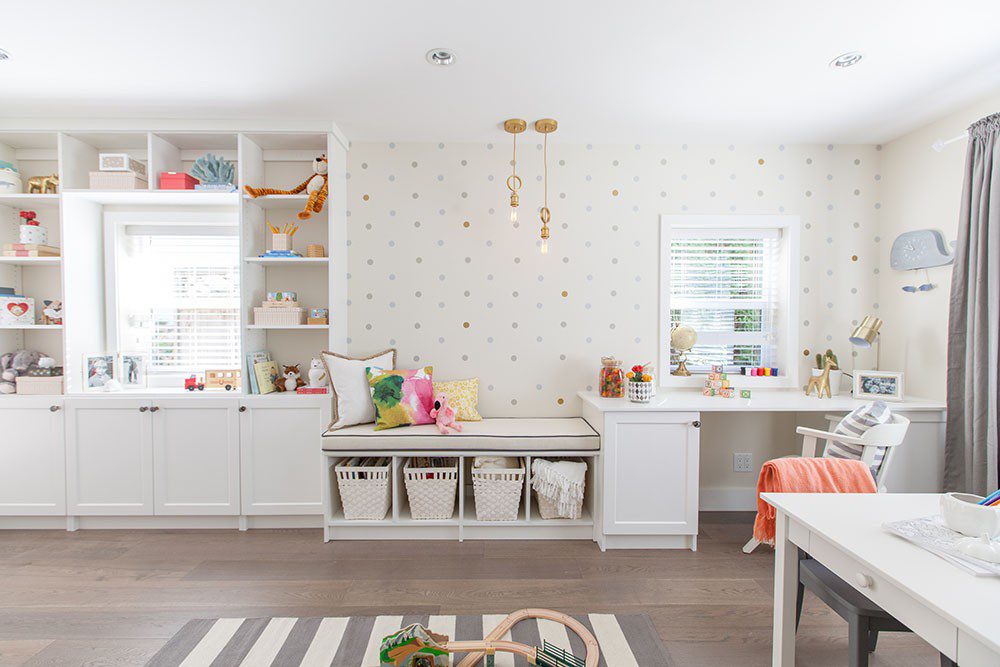
No Room to Build Out? Think Vertical!
There’s some valuable real estate in your kids’ rooms that you may not be aware of. Yes, we’re talking about the backs of their bedroom doors. Sure they’re great for robes and jackets but they’re also ideal for things like shoe storage and tiered hanging. Over-the-door racks in various configurations can help here. If you want to get really creative, use the top half for keeping less-used items in a basket or bin and save the bottom half for attaching a white board or chalkboard for playtime.
Helping kids to first understand the “why” behind the importance of organization will go a long way to them embracing the “how”. By implementing some tips and tricks along the way, you can also save yourself some time. Just get them involved early, work alongside them, keep to a routine and let them own their organization as much as possible.
